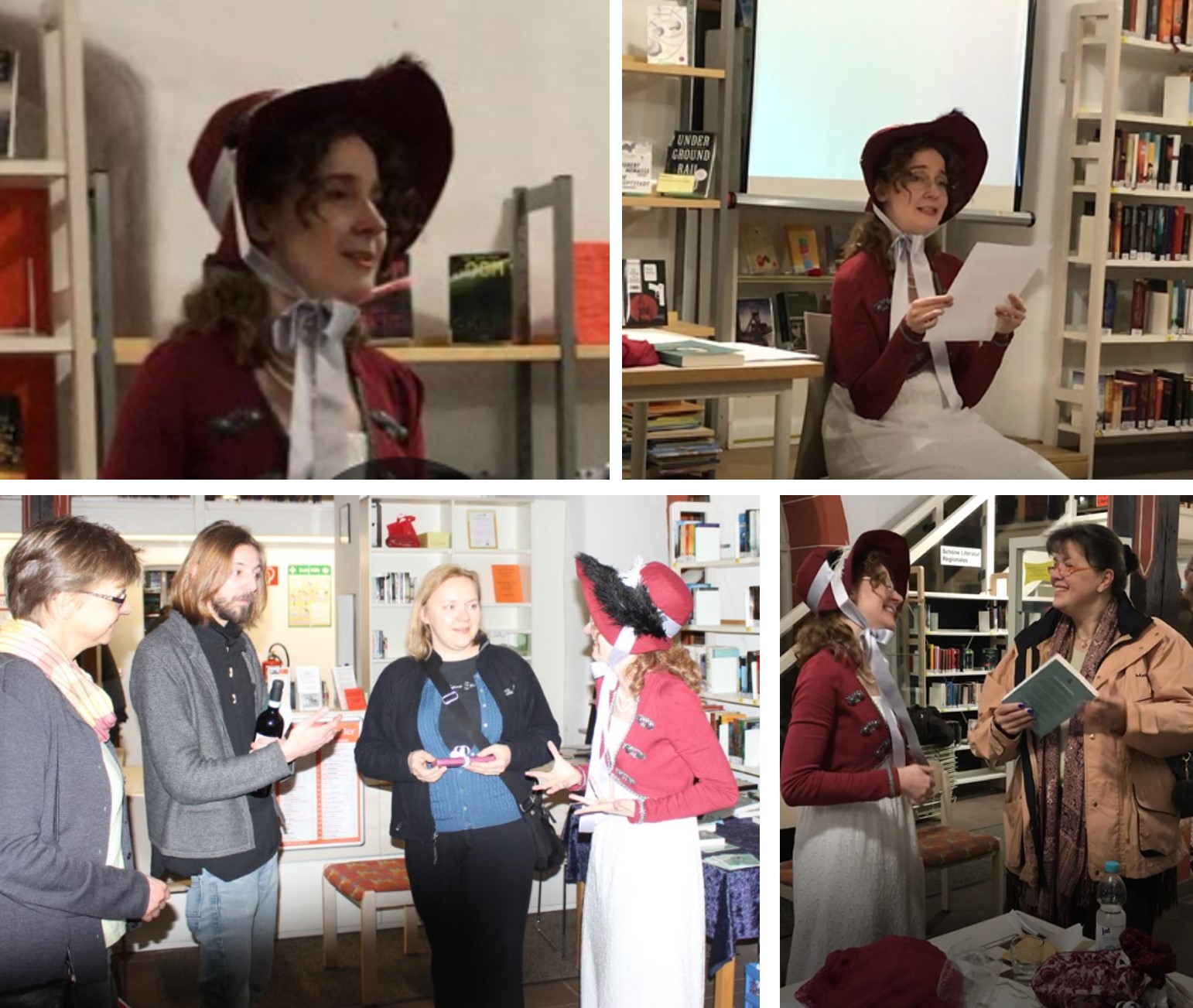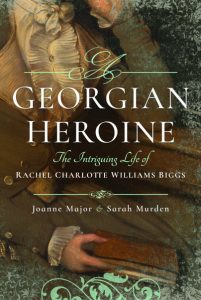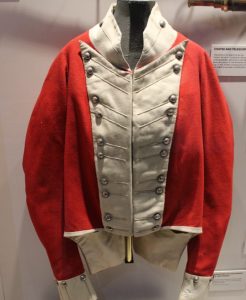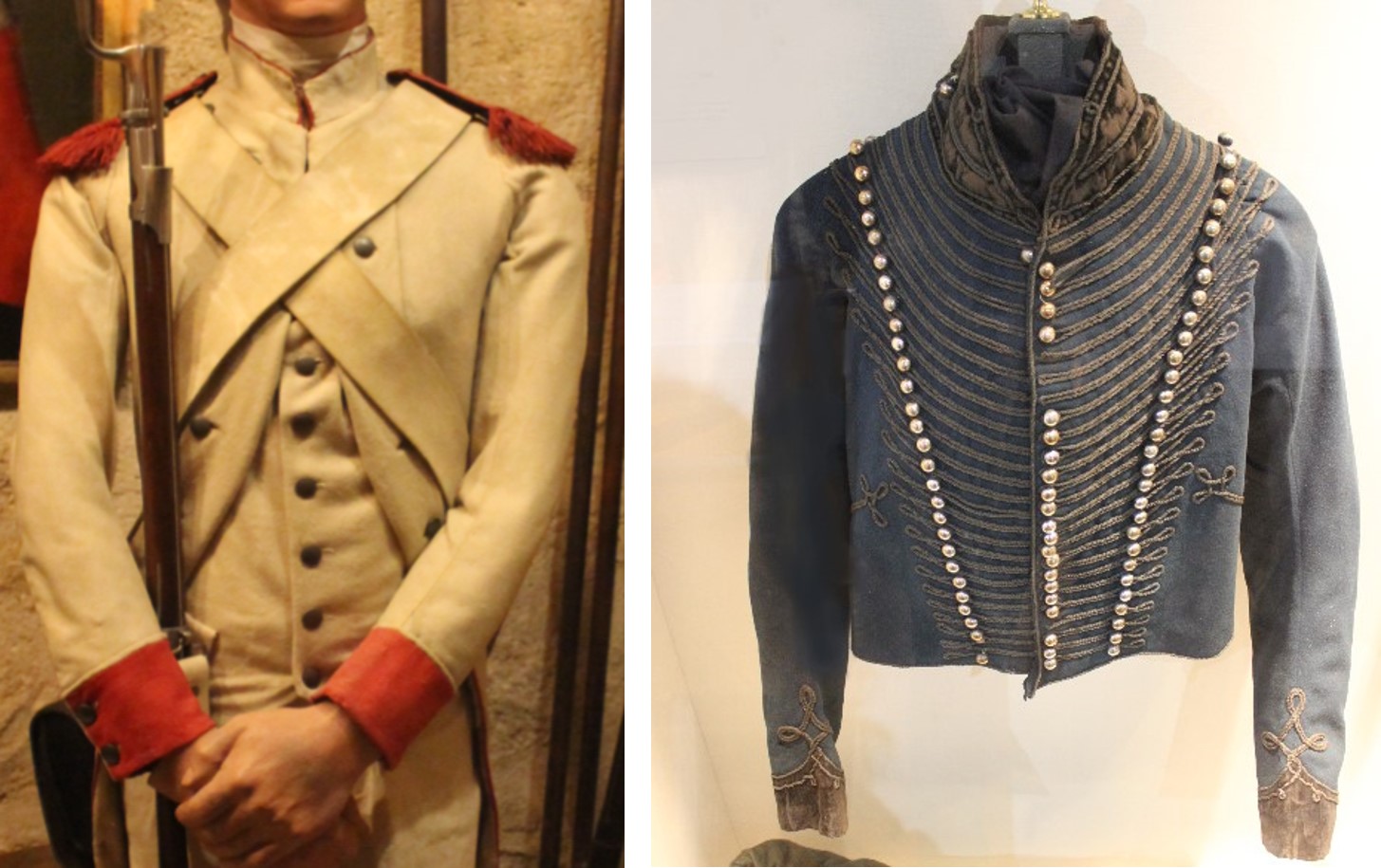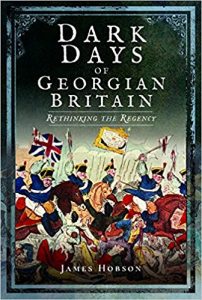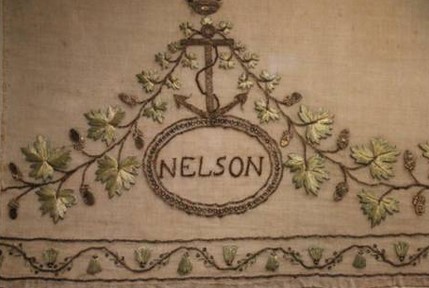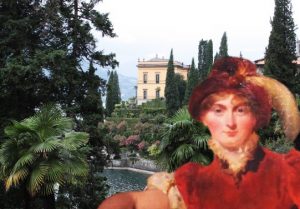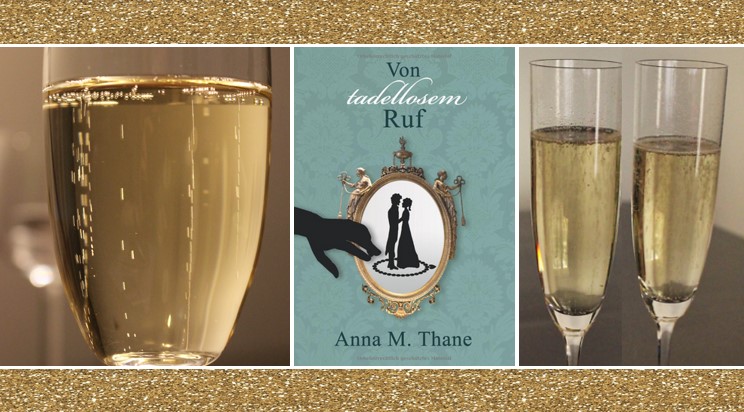In this post:
- The marvel of the panoramic scene wallpaper
- Technical innovations of the early 19th century
- Keeping the craft alive
Wallpaper has been known since at least the 15th century. Starting as a rare luxury item for the elite, wallpaper became more popular in England at the beginning of the 18th century. By then, wallpaper had become a cheap alternative to tapestry or panelling. 1712, the government even imposed a tax on it. Despite the taxation the demand for wallpaper grew in the mid-18th century.
Most wallpapers had been brought to England by the East India Company from China, where Chinese artisans produced hand-painted, dedicated wallpaper for their rich English customers. By the end of the 18th century, producers in France specialized in printed wallpaper became an important competitor on the market. Continue reading


